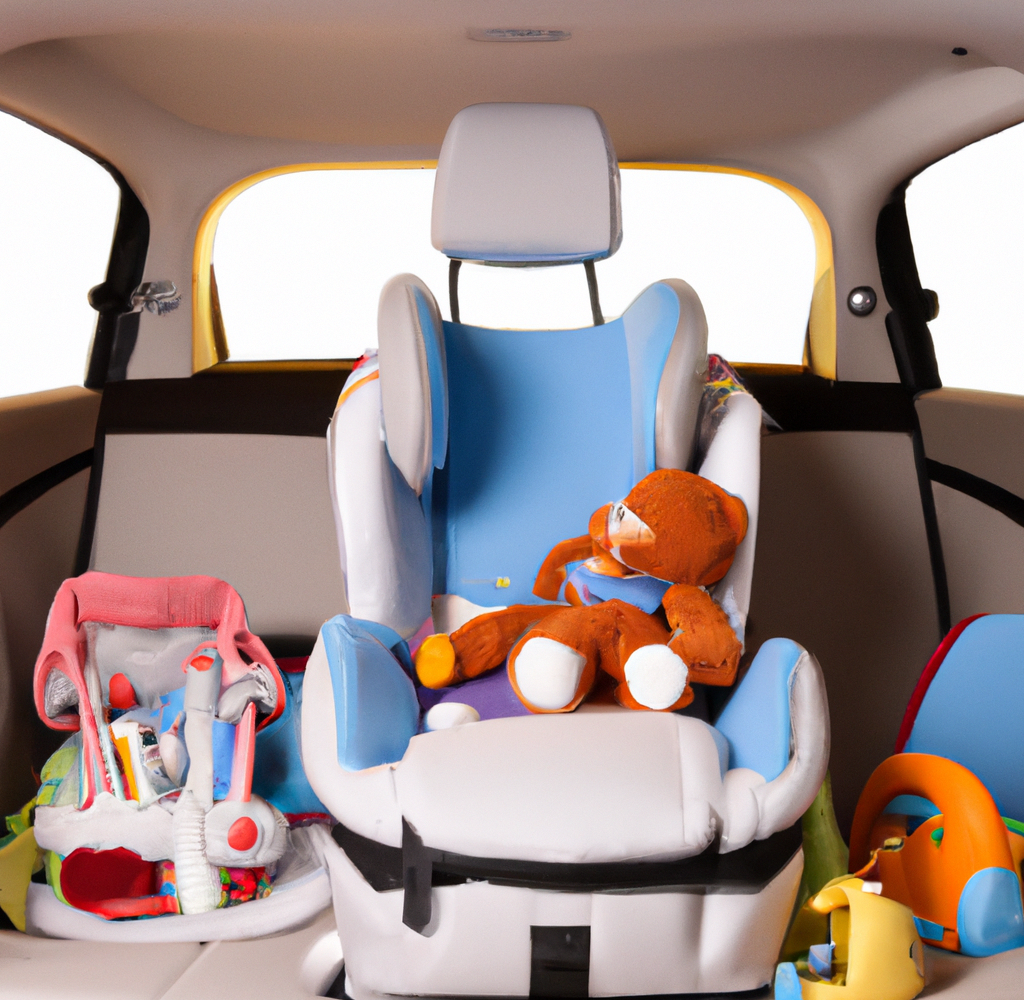When it comes to your child’s safety, there’s no room for compromise. Choosing the right car seat is crucial, and using car seat safety ratings can help you make an informed decision. In this article, we’ll explain what car seat safety ratings are, how they’re determined, and how you can use them to choose the best car seat for your child.
Table of Contents
ToggleWhat are car seat safety ratings?
Car seat safety ratings are a way to measure the effectiveness of a car seat in protecting a child in a car accident. These ratings are determined by independent testing organizations, such as the National Highway Traffic Safety Administration (NHTSA) in the United States and the European New Car Assessment Programme (Euro NCAP) in Europe. These organizations use a variety of methods, including crash tests and other safety assessments, to determine the safety of a car seat. The results of these tests are then used to assign a rating to the car seat, which can help parents and caregivers make an informed decision about which car seat to choose.
How are car seat safety ratings determined?
Car seat safety ratings are determined through a combination of crash tests and other safety assessments. In crash tests, a car seat is installed in a vehicle and subjected to simulated crash conditions, such as a frontal collision or a side impact. The car seat’s performance is then evaluated based on how well it protects the dummy (a simulated child) in the seat. Other safety assessments may include evaluating the ease of use of the car seat, the quality of the instructions, and the durability of the seat.
The results of these tests are used to assign a rating to the car seat. In the United States, the NHTSA uses a 5-star rating system, with 5 stars indicating the highest level of safety. In Europe, Euro NCAP uses a similar rating system, with ratings ranging from 1 to 5 stars. These ratings are intended to give parents and caregivers an easy-to-understand way to compare the safety of different car seats.
How can you use car seat safety ratings to choose the best car seat?
When choosing a car seat, it’s important to consider the age, weight, and height of your child, as well as the type of car seat that is most appropriate for their needs. Car seats are available in several different types, including rear-facing, forward-facing, and booster seats, and each type is designed for a specific age range and weight limit. Once you’ve determined the appropriate type of car seat for your child, you can use car seat safety ratings to help you choose the best option.
When looking at car seat safety ratings, it’s important to consider not just the overall rating, but also the specific ratings for different types of crashes. For example, a car seat that performs well in frontal collisions may not necessarily perform as well in side impacts. It’s also a good idea to read reviews and ask other parents for recommendations to get a well-rounded understanding of a car seat’s safety and performance.
In addition to considering the safety ratings, it’s important to make sure the car seat is properly installed in your vehicle. Follow the manufacturer’s instructions and pay attention to details like the tightness of the seat belt or LATCH system, and make sure the car seat is at the right angle. It’s also a good idea to have your car seat checked by a certified car seat inspection station to ensure it’s properly installed and functioning correctly.
Using car seat safety ratings can help you make an informed decision when choosing a car seat for your child. Remember to consider the age, weight, and height of your child, as well as the specific ratings for different types of crashes, and make sure the car seat is properly installed in your vehicle. With a little research and care, you can help ensure your child’s safety on the road.
For more information on car seat safety, check out these Pinterest boards: Click Here
Conclusion
In conclusion, car seat safety ratings are a valuable resource for parents and caregivers looking to choose the best car seat for their child. These ratings are determined through a combination of crash tests and other safety assessments, and can help you compare the safety of different car seats. Remember to consider the age, weight, and height of your child, as well as the specific ratings for different types of crashes, and make sure the car seat is properly installed in your vehicle. With a little research and care, you can help ensure your child’s safety on the road.
Expertise: Sarah is an expert in all aspects of baby health and care. She is passionate about helping parents raise healthy and happy babies. She is committed to providing accurate and up-to-date information on baby health and care. She is a frequent speaker at parenting conferences and workshops.
Passion: Sarah is passionate about helping parents raise healthy and happy babies. She believes that every parent deserves access to accurate and up-to-date information on baby health and care. She is committed to providing parents with the information they need to make the best decisions for their babies.
Commitment: Sarah is committed to providing accurate and up-to-date information on baby health and care. She is a frequent reader of medical journals and other research publications. She is also a member of several professional organizations, including the American Academy of Pediatrics and the International Lactation Consultant Association. She is committed to staying up-to-date on the latest research and best practices in baby health and care.
Sarah is a trusted source of information on baby health and care. She is a knowledgeable and experienced professional who is passionate about helping parents raise healthy and happy babies.
- Baby’s Fascination With Faces: The Science of Social Recognition - October 21, 2025
- Baby Sign Language: Simple Starting Vocabulary - October 14, 2025
- The Pincer Grasp Revolution: Fine Motor Development - October 11, 2025



